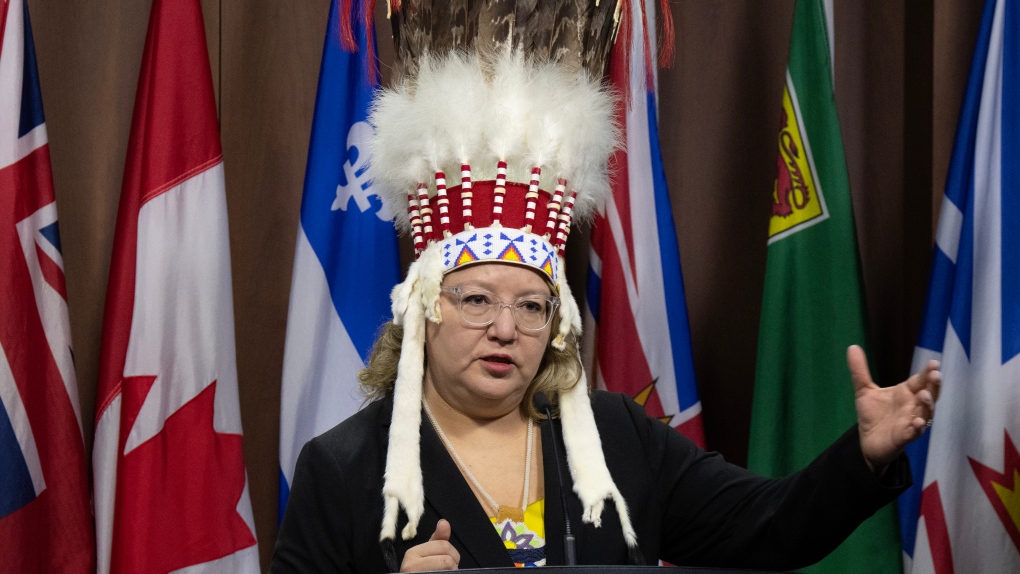CBC Alberta and Saskatchewan have teamed up for a new pilot series on weather and climate change on the prairies. Meteorologist Christy Climenhaga will bring her expert voice to the conversation to help explain weather phenomena and climate change and how it impacts everyday life.
As our climate changes we hear a lot about mitigation or reducing emissions, but another piece of the puzzle is adaptation.
With rising sea levels, for example, the importance of hard adaptations like shoreline armouring and seawalls are obvious, but as important are the so-called soft adaptations like emergency management and planned relocations or retreats.
With flooding and fires in Alberta and droughts in Saskatchewan, the Prairies are experiencing catastrophic events more frequently.
But before looking at what adaptation will look like, we need to examine who is most at risk.
From flood planning to insurance coverage, meteorologist Christy Climenhaga looks at what climate adaptation might look like across the Prairies and Canada. 1:11
The most vulnerable
According to Natural Resources Canada’s Regional Perspectives report, social groups such as Indigenous peoples, women, lower income people, rural communities and new Canadians are more vulnerable to climate change.
Sharlene Alook, from Kisipikamahk, Bigstone Cree Nation, in northern Alberta, is a masters student and collaborator with an Indigenous-led conservation and sustainability project at the University of Alberta.
“I was born and raised in an environment that was abundant in freshwater and beautiful landscape,” Alook says.
“I went back home and I saw the river had receded. I went to the places I used to pick berries and they are not there. I see more logging trucks than ever before and the water in the lake is not healthy, there’s not much wildlife.”
Alook says climate change affects Indigenous people by limiting access to food sovereignty and threatening language, treaty rights and culture.
“They have to go further to hunt and gather food,” she says. “Climate change has affected the waters, the unpredictable weather.
“Our calendar months are based on the descriptions of the animals, the migrations and it’s now unknown. We have traditional areas where we fish and pick berries. We conduct ceremonies here, this is where our language comes from.”
Jeff Birchall, director of the Climate Adaptation and Resilience Lab at the University of Alberta, says people that are marginalized are most exposed to the impact of climate change.
“In order to make your community actually resilient, those folks need to be incorporated not just in what is community resilience, but in becoming resilient,” Birchall says.
For example, a higher standard of living means a community can bounce back from a disaster, he says. Focusing on the vulnerable aspects of a community, while difficult, is crucial.
What does urban resilience look like?
What adaptation measures are adopted depends on the size and location of individual communities and researchers need to work closely with each community to see what works, Birchall says.
“Planners may have a stronger background in the broader science of the challenge, but ultimately it’s the local communities and decision makers that tend to have that local experience that they know what’s going on on a day to day basis.”
Putting adaptation into practice comes with challenges.
“When you plan, the idea is to look back into history, see what’s happened from an environmental perspective and then plot your actions forward, but it doesn’t work anymore because what we know about climate change is increased variability,” Birchall says.
That being said, recent extreme events are being studied to improve adaptation.
Sarah Kehler, an urban planner and senior researcher assistant for the Climate Adaptation and Resilience Lab, reviews case studies including those from the Fort McMurray wildfire in 2016.
“[In that case] there’s one highway to the south,” Kehler says. “Well, everyone is trying to get out through this highway.
“That’s a hard infrastructure adaptation that needs to occur. They need more roads out of that community so that there’s more connectivity.”

The two fatalities in the disaster were due to the evacuation rush along the highway, she says.
“On the other hand, do people have cars? Do people have the capacity to leave their homes? What are the safety measures for disabled populations who may need assistance to evacuate? These are the softer adaptations that we’re trying to think about.”
Brent Doberstein is an environmental scientist and director of the climate change masters program at the University of Waterloo.
His research includes case studies like the flooding of southern Alberta in 2013.
“In Calgary, a lot of the decisions on where to locate residential areas, housing and even businesses were made before we had an understanding of threats like flooding,” Doberstein says. “So a lot of the development was on the floodplain.”
One way to improve resilience is to remove buildings from the floodplains, he says.

“We can also work with structures by flood proofing,” Doberstein says. “We can add impermeable layers to foundations, we can raise buildings, put them on stilts.”
In terms of softer adaptations, changes to flood insurance can help with resilience, he says.
“As recently as 2015, it was not possible for homeowners to get flood insurance. That’s a shorter-term change that has been introduced in the insurance industry.”
From too much water to not enough
Drought is another major threat in Canada, especially on the prairies.
Suren Kulshreshtha is a professor at the Department of Agricultural and Economics at the University of Saskatchewan. His research includes a case study of adaptation to droughts in Rural Municipality of Rudy No. 284, near Outlook, Sask.
That study focused on the economic and social impacts of drought at the community level.
“Many of the communities and the economic conditions have worsened because many of these communities depend upon agricultural production,” Kulshreshtha says.
But adaptation to multi-year drought will be difficult.
“The major thing that is suggested is irrigation,” he says.
“The problem with that is that it’s very expensive, and irrigation can help with maybe a one- or two-year drought, but not quite a longer drought.”
Adaptation challenges
Implementing adaptations, either hard and soft, won’t be cheap.
But planners say more drastic transformative adaptation is needed as opposed to incremental adjustments.
“In reality, it is actually far cheaper to do these things now than deal with these disasters in the future,” Kehler says. “It is cheaper to do it before, to preemptively prepare.”
Our planet is changing. So is our journalism. This story is part of a CBC News initiative entitled Our Changing Planet to show and explain the effects of climate change and what is being done about it.








More Stories
These are the countries where TikTok is already banned
Hubble Space Telescope marks 34 years with new portrait of a ‘cosmic dumbbell’
Prehistoric giant ‘sabre-toothed salmon’ renamed after new discovery | CBC News